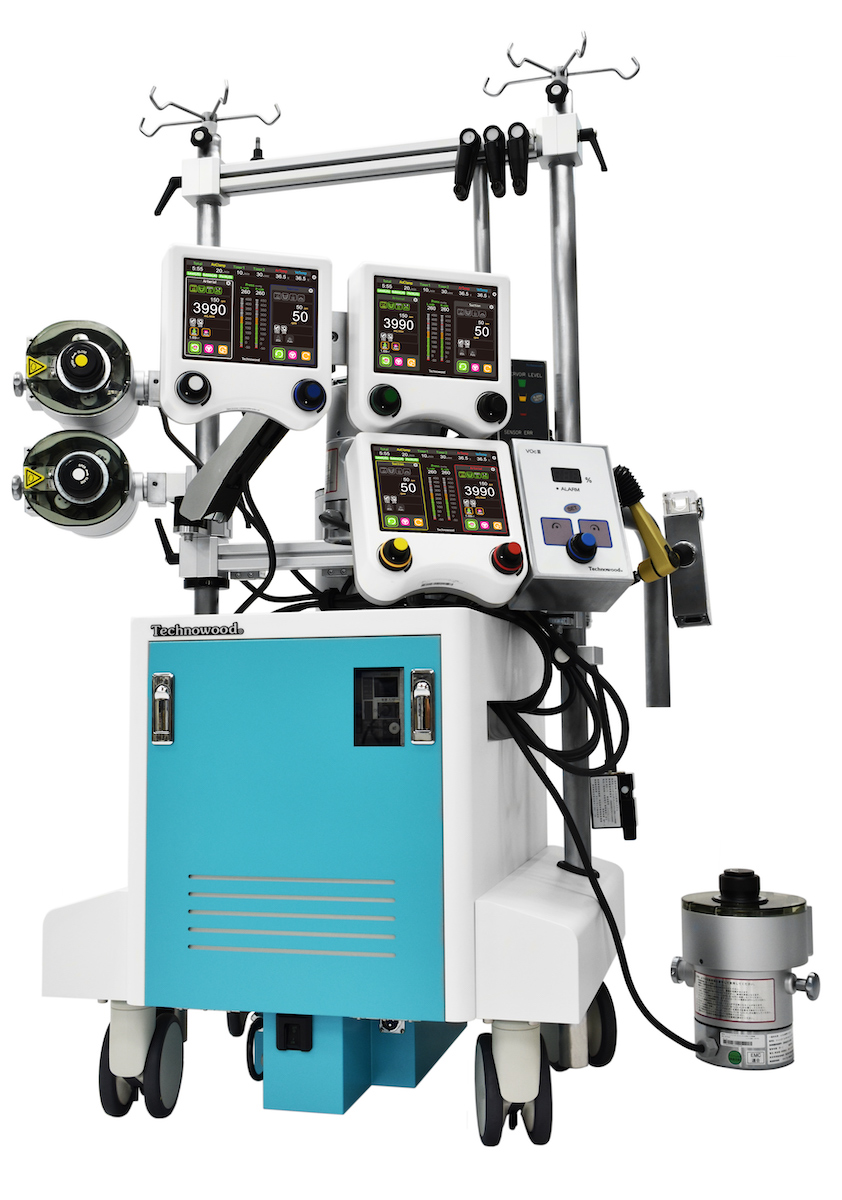
The Journal of the American College of Cardiology (JACC) has just published the 2023 Global Burden of Disease (GBD) special report.
The GBD study is a multinational collaborative effort to gather data from 204 countries for the years 1990 to the most recent year to analyze the worldwide impact of cardiovascular disease and its risk factors.
Cardiovascular disease (CVD), which includes heart attack, stroke, and heart failure, is the leading cause of mortality and morbidity worldwide. The GBD study was established in order to provide relevant and updated data for establishing public health programs for the prevention, reduction and treatment of CVD.
GBD addresses 18 cardiovascular conditions and 15 modifiable risk factors. The study not only looks at mortality rates but also health indicators such as years of life lost prematurely, years lived with disability and disability-adjusted life years (DALYs).
The latest data shows that while CVD mortality rate decreased by 34.9%, actual CVD deaths has increased from 12.4 million in 1990 to 19.8million in 2022 - reflecting population growth, aging population and increased exposure to metabolic, environmental and behavioral risk factors.
High systolic blood pressure accounts for the largest contribution to DALYs among metabolic risk factors; while it was dietary risks among behavioral and particulate pollution among environmental risk factors. High blood pressure is a major concen as it directly contributes to CVD pathology.
Ischemic heart disease, like myocardial infarction and chronic coronary heart disease, remains to be the leading cause of death at 108.8 deaths per 100,000 people followed by intracerebral hemorrhage and ischemic stroke.
As previous reports have shown, there is significant variation by region. For example, Eastern Europe has the highest number of CVD deaths at 553 per 100,000 and Australasia had the lowest at 123. In contrast, CVD prevalence is highest in Central Asia at 11,343 per 100,000 and lowest in South Asia at 5,881. However, more than 75% of the global burden is in the low-and middle-income countrries (LMICs).
While there have been new developments in CVD treatment, for example in cardiopulmonary bypass (CPB) and percutaneous coronary intervention (PCI), disease prevention is still the fundamental principle behind public health. It is hoped that up to date assessment of regional trends from the GBD study will bring about sustainable public health strategies with greater focus on preventing and controlling identified CVD risk factors
References:
1. Mensah, G. A., Fuster, V., Murray, C. J., Roth, G. A., Mensah, G. A., Abate, Y. H., Abbasian, M., Abd-Allah, F., Abdollahi, A., Abdollahi, M., Abdulah, D. M., Abdullahi, A., Abebe, A. M., Abedi, A., Abedi, A., Abiodun, O. O., Ali, H. A., Abu-Gharbieh, E., Abu-Rmeileh, N. M., . . . Roth, G. A. (2023, December). Global Burden of Cardiovascular Diseases and Risks, 1990-2022. Journal of the American College of Cardiology, 82(25), 2350–2473. https://doi.org/10.1016/j.jacc.2023.11.007

The COMPO series is the pioneer of modular heart-lung systems. All the components can be configured to suit a wide variety of clinical needs. Roller pumps can be placed closer to the surgical field to decrease priming volume resulting in reduced postoperative complications and faster patient recovery.
Not all products shown are approved for sale in all countries.
Please contact the regional Technowood representative for more information.